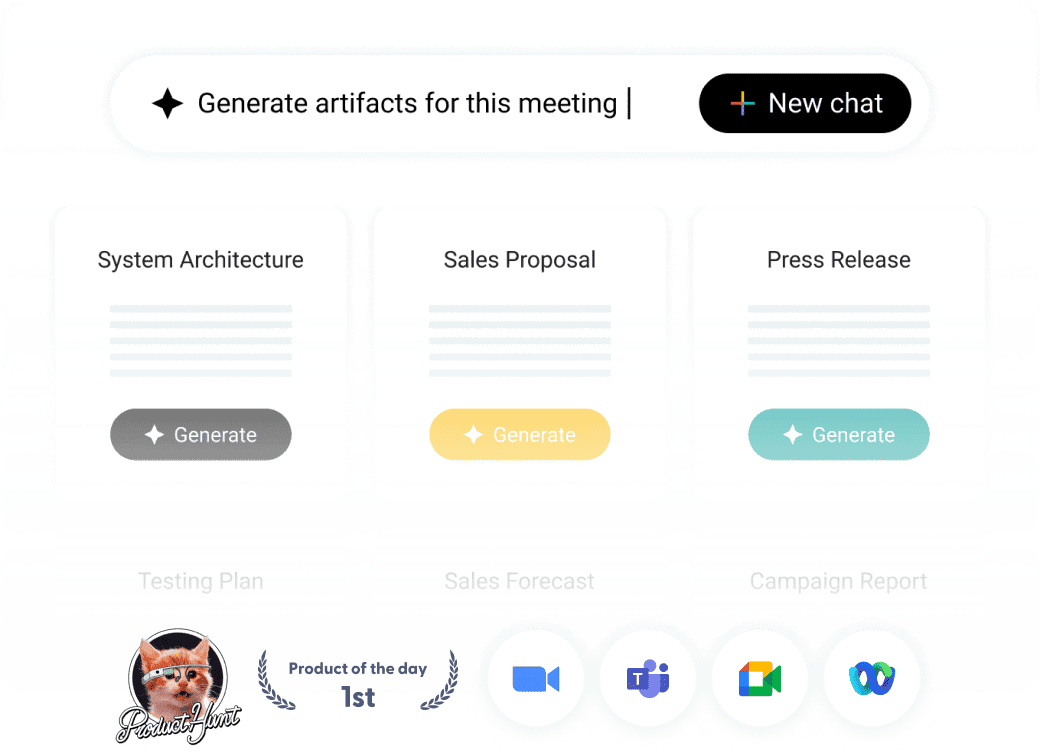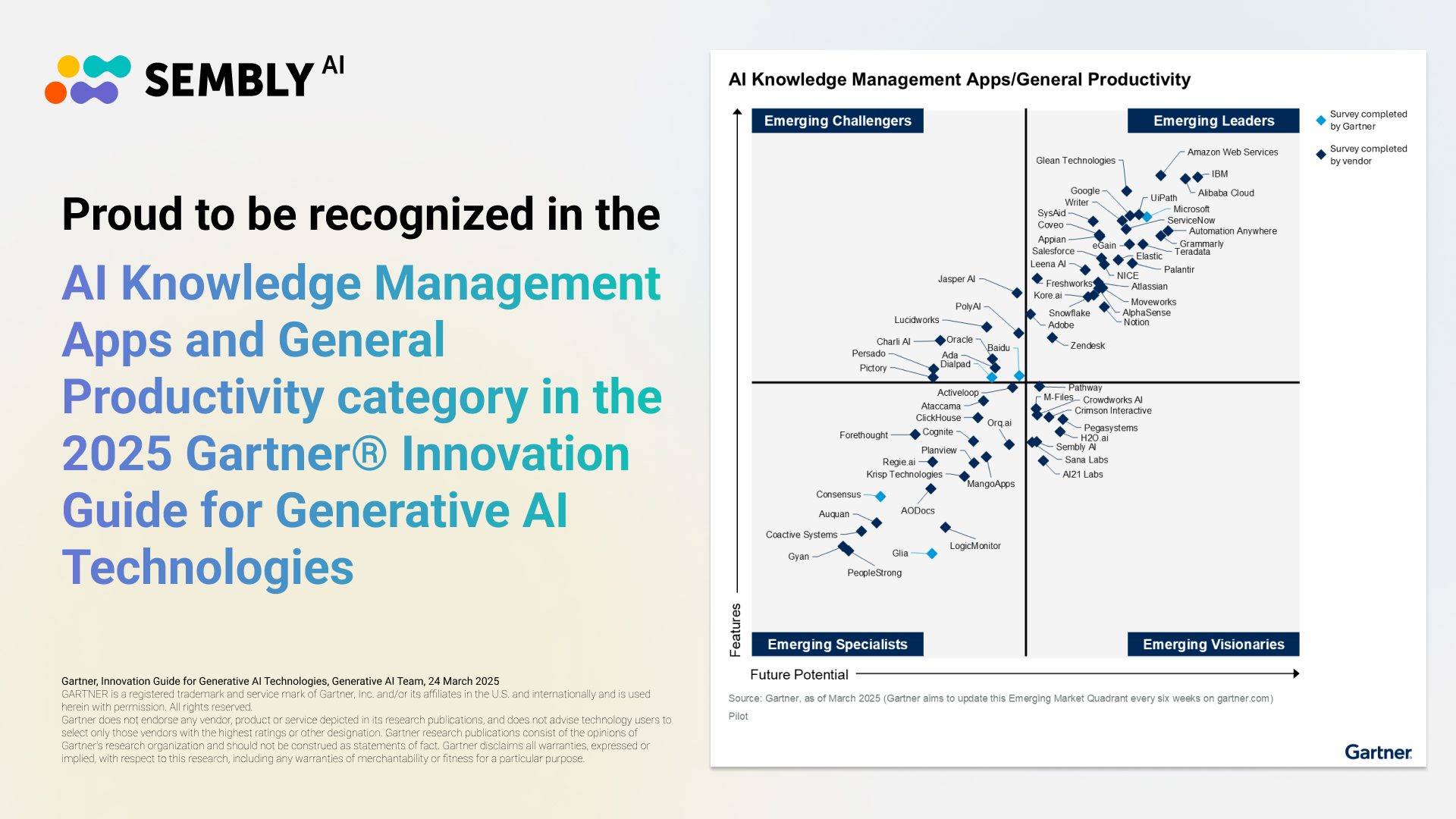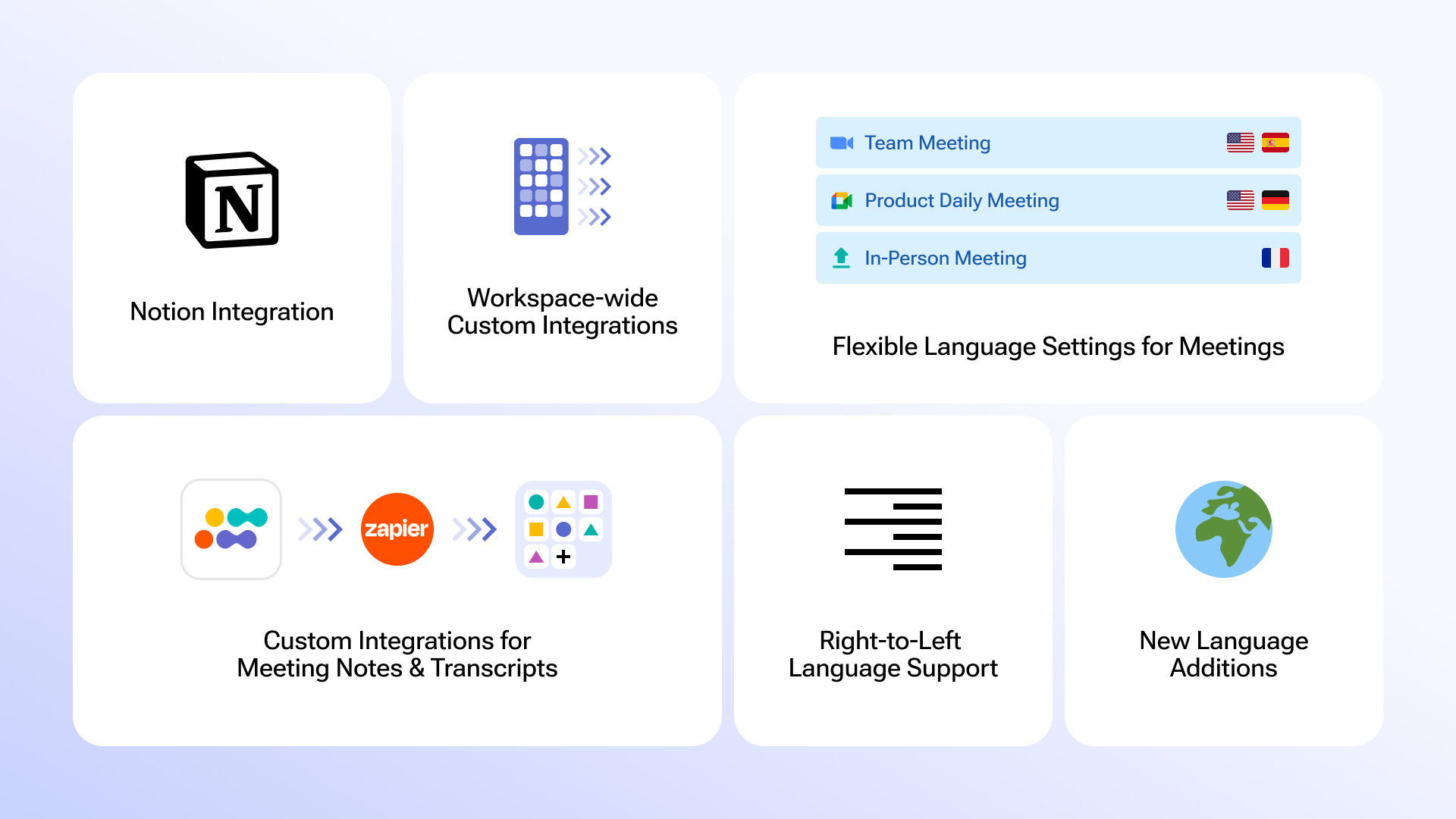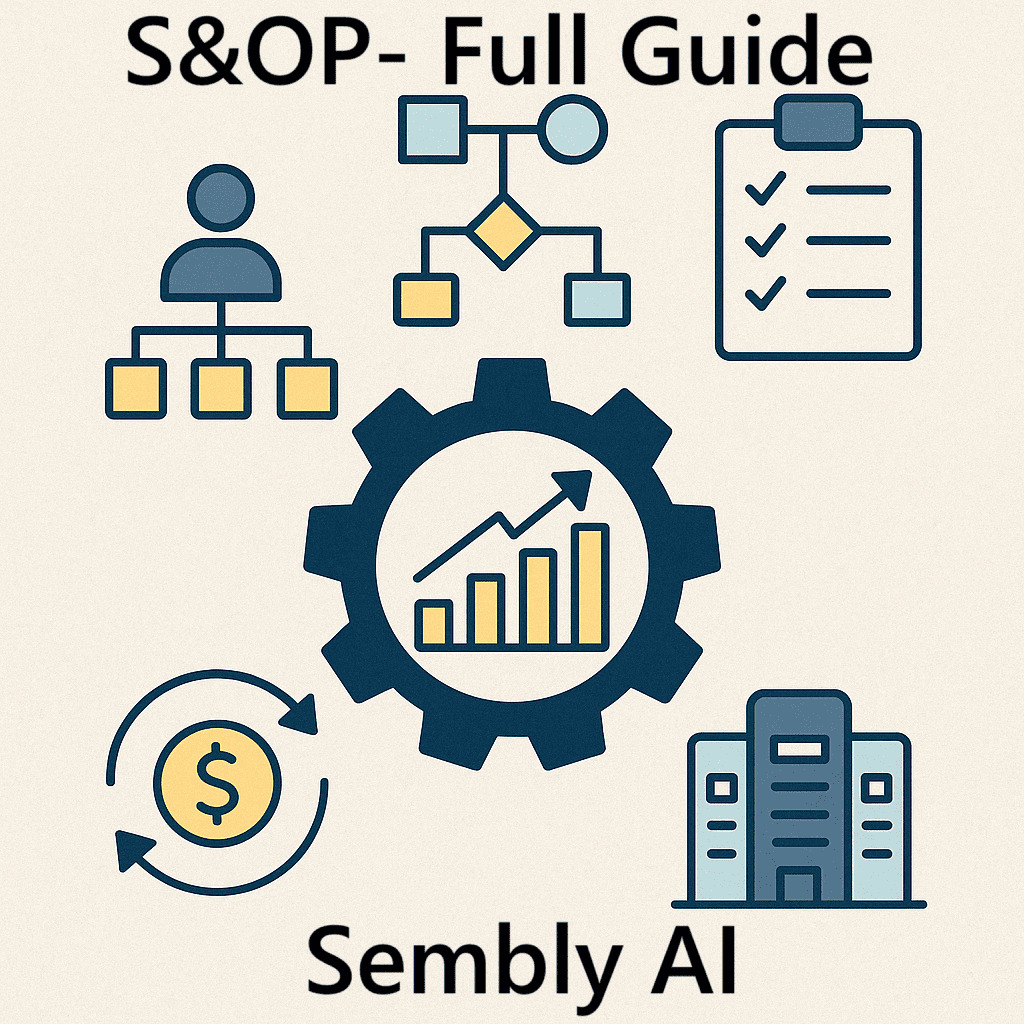Table of Contents
ToggleRecently updated on February 6th, 2025
Effective product management serves as the foundation for every business strategy. In fact, without an appropriate plan to follow, even the best product ideas can be misinterpreted and misplaced. On the contrary, enhancing the product management process can make the difference between a successful product launch and a total failure.
This guide will assist you in identifying the six most productive product management steps to enhance your product roadmap, product vision, and product development process.
What Is Product Management Workflow?
The set of procedures and activities that direct a product’s development from inception to launch and beyond is known as a product management workflow. It is the foundation of a successful product life cycle, guaranteeing team members’ alignment, efficiency, and consistency. While they may vary between companies, a robust product management workflow often includes clear planning, data analysis, communication, and iterative feedback loops.
Why a Strong Product Management Workflow Matters
A strong product management workflow is essential for maintaining clarity and efficiency. It minimizes delays, leads to effective collaboration, and aligns cross-functional teams around shared objectives. Plus, companies with streamlined workflows saw a significant increase in product success rates.
The Impact of Workflow on Product Success
Did you know that ineffective product management workflows cost businesses millions annually due to miscommunication and redundant processes? On the contrary, by refining your entire product management process flow, you can:
- Improve time-to-market
- Reduce resource wastage
- Increase team and customer satisfaction and output
The 6 Workflow Management Best Practices
Improving your product management workflow doesn’t happen overnight. It requires consistent effort and a focus on actionable strategies from your product team. Below, we outline six workflow management best practices that can transform your workflow and drive better outcomes for your products.
1. Establishing Clear Goals and KPIs

Defining Measurable Objectives
Clear strategic goals establish a basis for success. Begin by establishing SMART (specific, measurable, achievable, relevant, and time-bound) goals. Set a goal for adoption rates in the first quarter, for instance, if you’re thinking of a new feature launch. To make progress more measurable and controllable, further divide these objectives into smaller benchmarks. Alignment with evolving market demands is ensured by routinely reviewing these measurable goals.
Setting Up Relevant Key Performance Indicators (KPIs)
KPIs act as the compass for your product management process flow chart. Select metrics that support your goals, such as revenue growth, Net Promoter Score (NPS), or user retention. Include visual dashboards for team transparency and real-time tracking. Frequent tracking reduces risks and maximizes effect by ensuring the software development team stays focused and can change course as necessary.
2. Prioritizing Effective Communication
Regular Communication Channels
Strong communication ensures all stakeholders are on the same page. Use structured meetings — like weekly stand-ups — to discuss updates and address roadblocks. Consider incorporating asynchronous communication tools like Slack to allow team member’s flexibility. As part of the best practices for product management, establish open channels for real-time feedback and ensure that everyone feels heard and included.
Using Project Management Tools for Enhanced Team Collaboration
By centralizing daily tasks and deadlines, Asana and Trello are two examples of apps that enhance teamwork. These solutions can be used to manage activities, find bottlenecks in product development processes, and gather data on the team’s overall performance. An open product management workflow encourages accountability, transparency and guarantees that everyone within development teams is aware of their responsibilities and deadlines.
3. Adopting Agile Methodologies for Flexibility
Benefits of Agile in Product Management
Agile workflows and methodologies provide flexibility to adapt to market changes. A survey revealed that 70% of companies saw faster product delivery after adopting Agile. Additionally, Agile encourages iterative improvements, enabling teams to incorporate user feedback early and often. This results in high-quality products that better meet customer expectations and needs.
Implementing Scrum and Kanban Practices
Teams can avoid bottlenecks and concentrate on what really matters by streamlining the product management process diagram with Scrum’s iterative sprints or Kanban’s visual boards. Including daily stand-up meetings and retrospectives guarantees team accountability and continuous improvement. Whichever approach your team chooses — Kanban or Scrum — both can greatly improve product management workflow flexibility and efficiency.
4. Leveraging Data-Driven Decision Making

Identifying the Right Metrics to Track
The right metrics transform data into actionable insights. Metrics like churn rate or Customer Acquisition Cost (CAC) provide clarity and direction in your product data management process and workflow. To make the most of these metrics, ensure that they are tied directly to your goals and frequently analyzed for trends. This approach can help preemptively identify potential issues before they escalate.
Utilizing Analytics Tools to Drive Decisions
Leverage powerful tools like Google Analytics or Mixpanel t.o monitor performance. Integrate these tools with your existing project management software, like Semblian 2.0 to automate product management, to streamline data collection and visualization. By anticipating problems and seizing opportunities, these insights can help you improve the product management process. Decisions based on data produce more reliable results and a stronger product strategy.
5. Encouraging Cross-Functional Collaboration
Building Strong Relationships Across Departments
By removing silos, cross-functional collaboration makes it possible for the smooth and ideal product management workflow and processes. To guarantee agreement on goals and deliverables, schedule regular check-ins between departments. A sense of accountability and ownership is promoted when every department is aware of its role and has the bigger picture of all operations and a backlog of improvements.
Benefits of Collaborative Brainstorming and Problem Solving
Collaborative brainstorming frequently generates creative concepts that individual teams might miss. Leading hackathons or workshops can improve teamwork even further and lead to breakthroughs. What is more, according to studies, collaborative working environments promote an innovative culture within the company and boost problem-solving.
6. Leveraging AI Tools for Enhanced Efficiency
Automating Routine Individual Tasks with AI
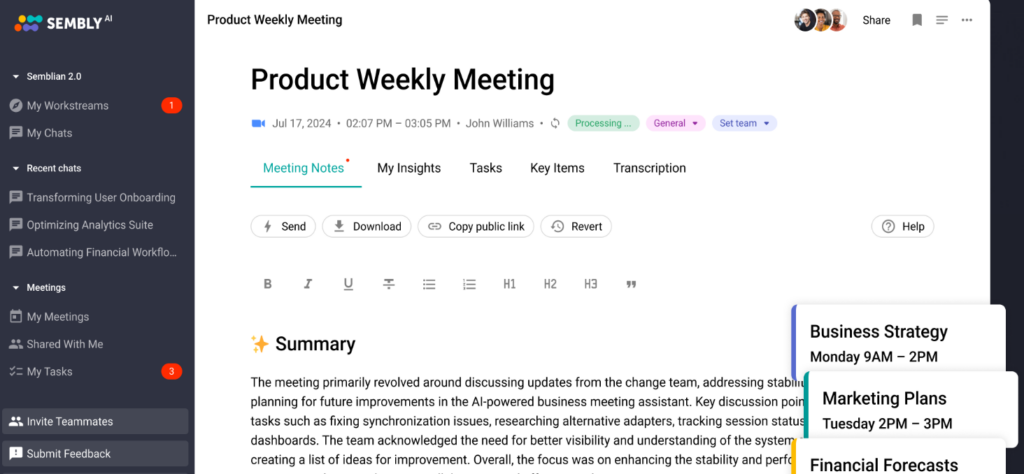
Workflows are streamlined by AI solutions like Sembly, which automate repetitive tasks and sequential workflows like data entry and meeting transcription. In addition to saving time, automation lowers the possibility of human error. Teams are also able to allocate more time to high-impact activities and concentrate on strategic common goals.
Gaining Deeper Insights through AI Analysis
Semblian 2.0 and other sophisticated systems powered with artificial intelligence examine data to find patterns and trends, providing useful insights that improve your product management process. AI-driven analysis has the potential to revolutionize decision-making in a variety of areas, including market prospects and customer behavior prediction. Overall, your team can make better decisions more quickly and confidently by utilizing these tools.
Wrapping Up Workflow Management Best Practices
You may improve productivity, teamwork, and product success by implementing these six best practices into your product management workflow. Plus, your product development team will be able to deliver consistently outstanding results with the aid of these strategies. Workflows must, however, be regularly reviewed and modified to satisfy changing business and market demands. But you can make sure that your workflow is robust, resilient, and in line with corporate objectives by cultivating a culture of continuous improvement.
FAQs
What are the essential tools for product management?
A more effective product management procedure and seamless integration are guaranteed with the correct set of collaboration tools. With features like task prioritizing, timeframes, and real-time collaboration, Jira, Asana, and Trello are great product management tools for task tracking. Analytics solutions like Mixpanel and Tableau assist in tracking customer behavior, user experience, and performance indicators for deeper insights.
How does Agile improve product management?
Agile promotes flexibility, iterative development, and quicker adjustments to shifting market demands, all of which enhance product management. It also guarantees that feedback is consistently integrated into projects by segmenting them into smaller, more manageable sprints. This method not only lowers the possibility of expensive mistakes but also builds a product that more closely matches the product requirements and expectations of the potential customer.
How frequently should I monitor product management KPIs?
To make sure teams remain focused on their objectives, KPIs should be monitored frequently. For keeping up momentum and seeing trends early, tracking should be done every week or every two weeks. Frequent monitoring enables proactive modifications, guaranteeing that the flow of the product management process stays effective and on course to meet intended results.
Which indicators are useful for gauging the success of a product?
Key metrics like Monthly Active Users (MAU), Net Promoter Score (NPS), Customer Lifetime Value (CLV), and churn rate are crucial for evaluating a product’s success. These metrics, which offer insights into user engagement, contentment, and long-term profitability, enable data-driven decisions for continuous improvement.
Furthermore, data like average session duration and feature adoption rate can offer more detailed information about how potential users engage with particular product features. Project managers, product owners or product managers, internal stakeholders, and other team members can have a thorough grasp of both high-level performance and specific user behavior by integrating these metrics, which enables more focused enhancements and improved alignment with strategic business goals.
Meet Semblian 2.0
- ✦ Multi-Meeting Chats
- ✦ AI Insights
- ✦ AI Artifacts
